Orbit
An orbit is the curved path followed by an object around a point in space, such as a planet around the sun or a moon around a planet. Objects in orbit are held in place by the force of gravity.
Types of Orbits
There are different types of orbits, including:
- Circular Orbit: An orbit in the shape of a circle, with the object moving at a constant distance from the center.
- Elliptical Orbit: An orbit in the shape of an ellipse, with the object moving at varying distances from the center.
- Polar Orbit: An orbit that passes close to the north and south poles of the central body.
- Geostationary Orbit: An orbit in which a satellite remains above the same point on the Earth's surface at all times.
Factors Affecting Orbits
Several factors can affect the orbit of an object, including:
- Mass of the Central Body: A more massive central body will exert a stronger gravitational force, affecting the shape and size of the orbit.
- Velocity of the Object: The speed at which the object moves will determine the shape and stability of its orbit.
- Altitude of the Orbit: The distance of the object from the central body can affect the stability and duration of the orbit.
Study Guide
Here are some key points to remember about orbits:
- What is an orbit?
- What are the different types of orbits?
- What factors can affect the orbit of an object?
- How does the mass of the central body influence an orbit?
- Why is the velocity of the object important in determining its orbit?
Understanding orbits is important in the fields of astronomy, space exploration, and satellite technology. It helps us explain the motion of celestial bodies and plan missions to explore outer space.
.◂Science Worksheets and Study Guides First Grade. Weather
Study Guide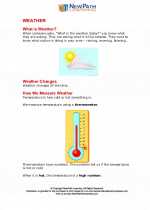 Weather
Weather  Activity Lesson
Activity Lesson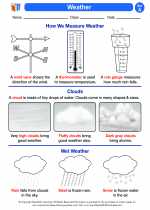 Weather
Weather  Worksheet/Answer key
Worksheet/Answer key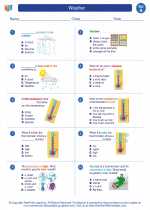 Weather
Weather  Worksheet/Answer key
Worksheet/Answer key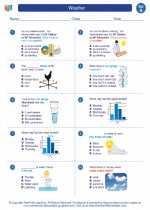 Weather
Weather  Worksheet/Answer key
Worksheet/Answer key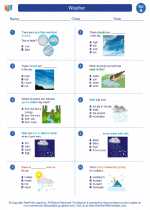 Weather
Weather  Worksheet/Answer key
Worksheet/Answer key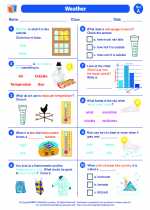 Weather
Weather  Vocabulary/Answer key
Vocabulary/Answer key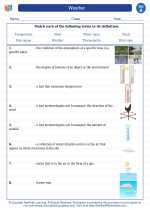 Weather
Weather  Vocabulary/Answer key
Vocabulary/Answer key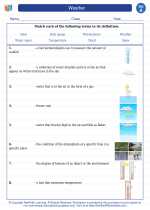 Weather
Weather 

 Activity Lesson
Activity Lesson
 Worksheet/Answer key
Worksheet/Answer key
 Worksheet/Answer key
Worksheet/Answer key
 Worksheet/Answer key
Worksheet/Answer key
 Worksheet/Answer key
Worksheet/Answer key
 Vocabulary/Answer key
Vocabulary/Answer key
 Vocabulary/Answer key
Vocabulary/Answer key

The resources above cover the following skills:
Earth Systems Science
Earth's materials can be compared and classified based on their properties. Students can:
Identify and represent similarities and differences such as the texture, size, color, and shape of various materials on Earth